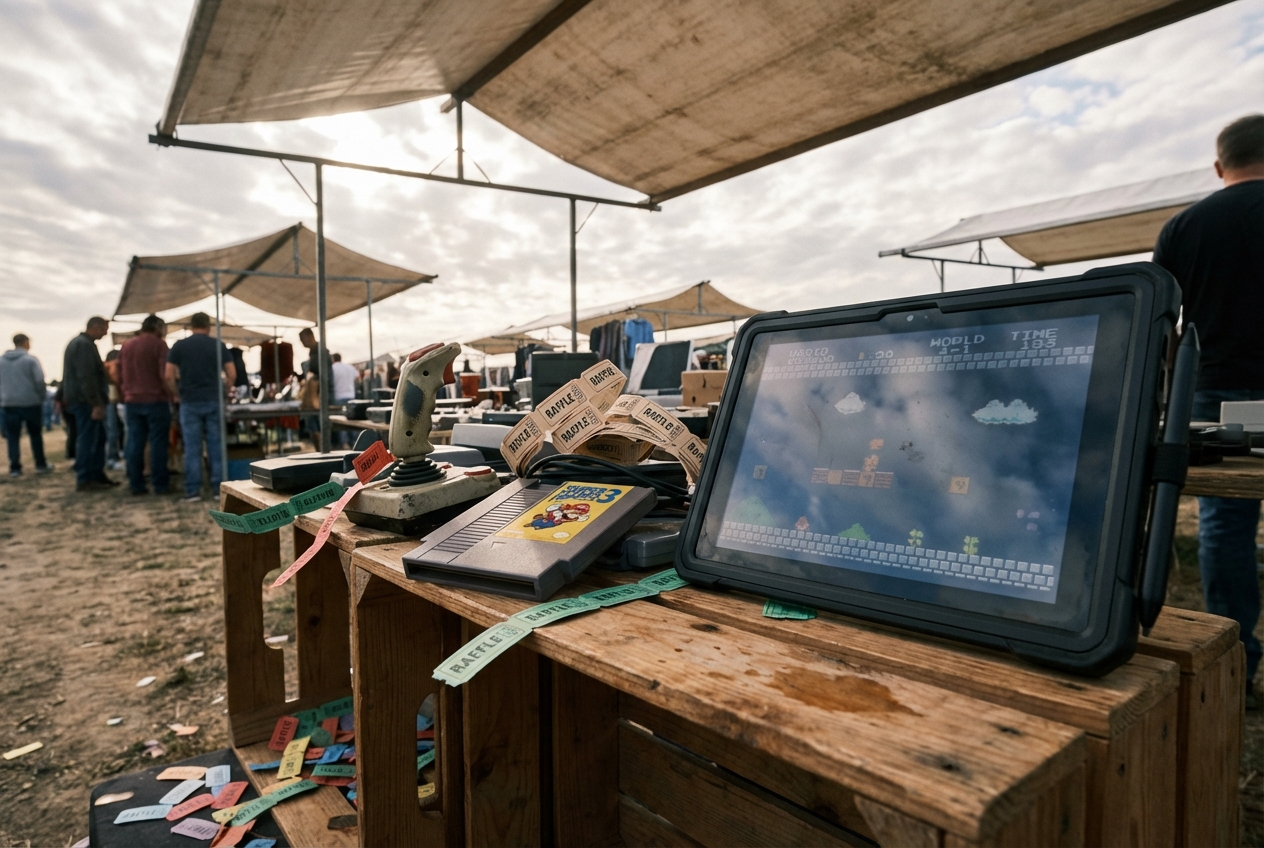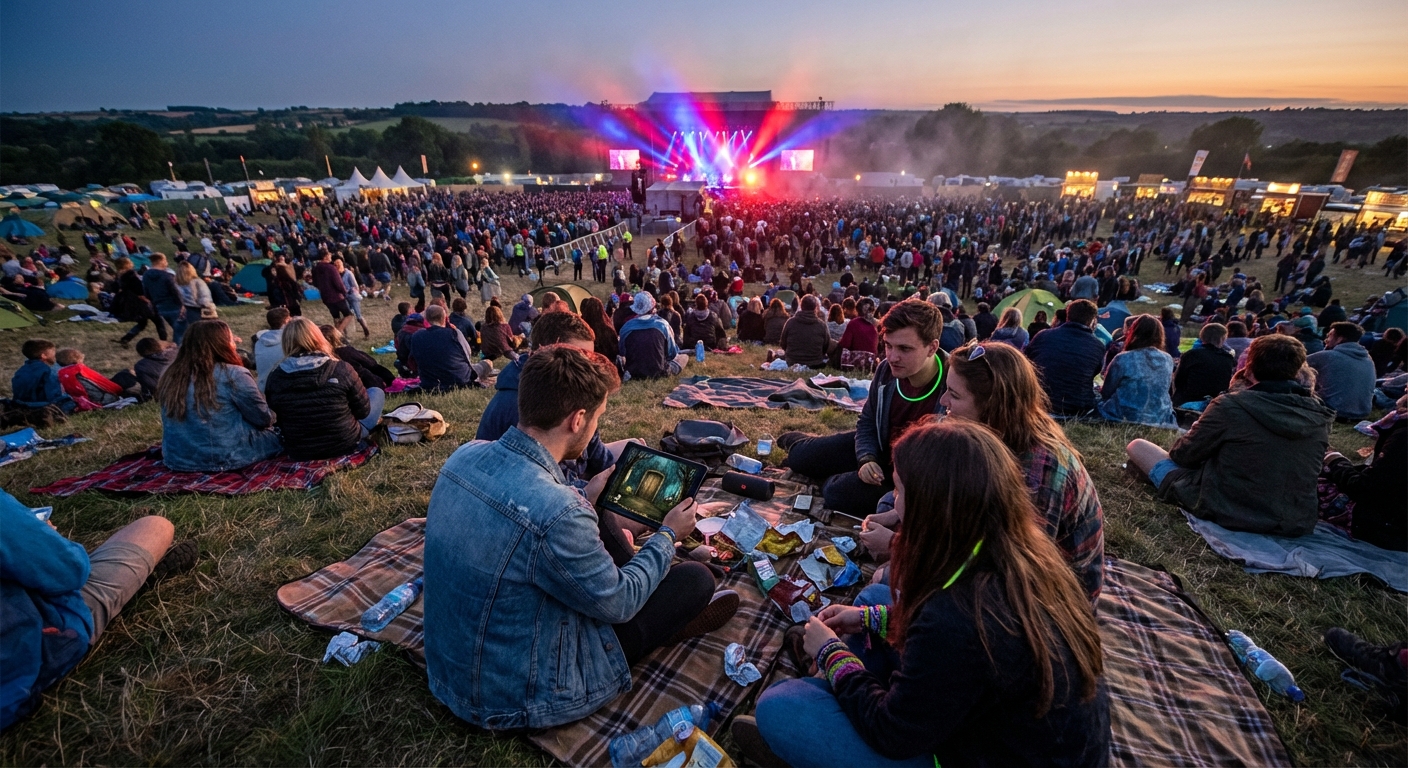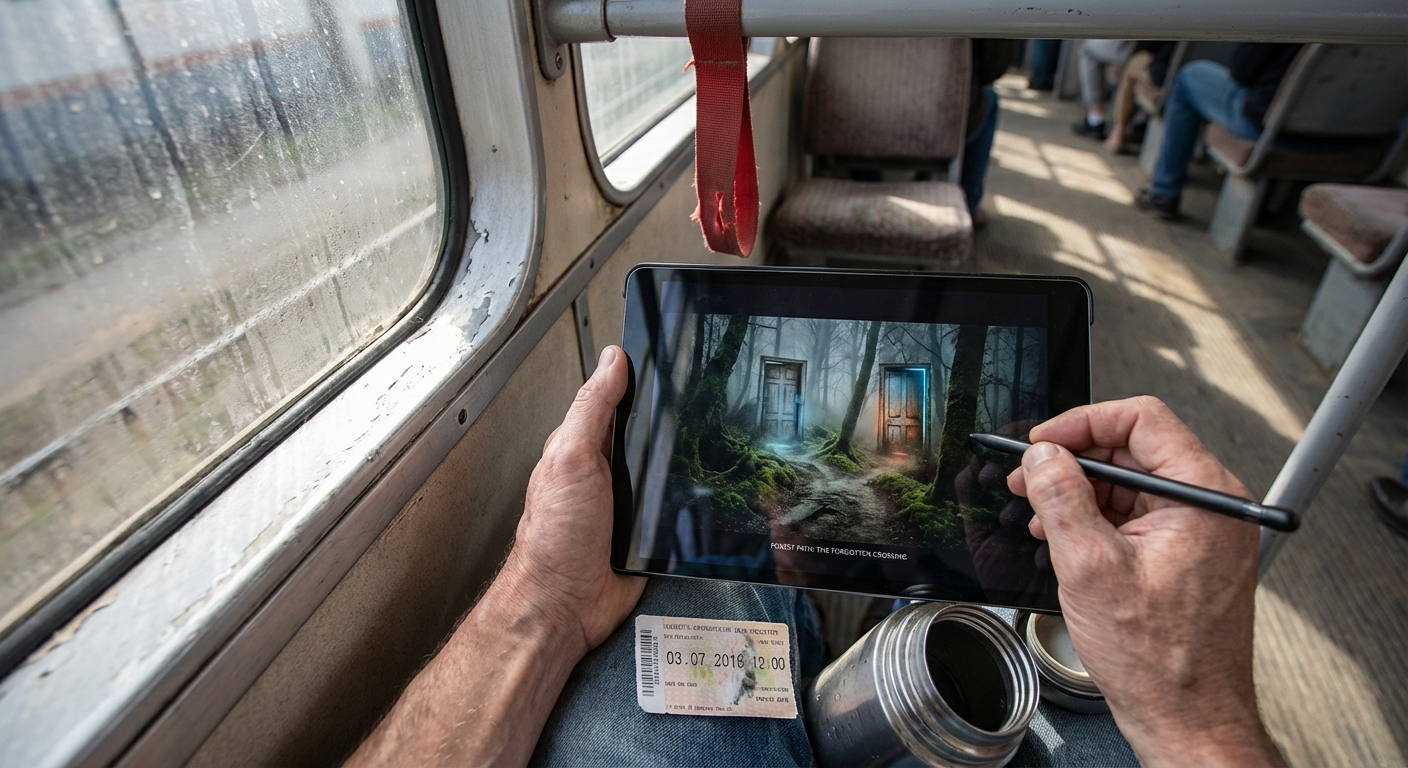
For indie game developers in 2024, Steam wishlists have evolved from a mere curiosity to a make-or-break metric for launch day success. As the digital storefront becomes ever more crowded, collecting and sustaining wishlists is now central to any serious indie launch strategy. But how much do they really matter, and how can studios turn those numbers into actual sales?

Why Steam Wishlists Matter More Than Ever
The value of collecting Steam wishlists in 2024 is clear: they act as a free amplifier for your game’s visibility at launch. When players add a title to their wishlist, they’re not only expressing interest but also ensuring they’ll be notified when the game goes live or goes on sale. According to discussions in r/indiegames, this “massive boost” on release day is the single biggest surge most indies can expect, often determining whether a launch sinks or swims.
The impact isn’t just anecdotal. Data from Sensor Tower suggests that hitting key wishlist milestones, especially above 100,000 wishlists, dramatically increases the odds of a blockbuster start. In fact, successful launches in 2024 averaged over 25,000 pre-release wishlists (practicalmedia.io). These numbers don’t just look good on paper, they feed directly into Steam’s algorithm, increasing your chances of being featured in “Upcoming Releases” and other high-visibility slots (secondstage.io).
“The more wishlists you have before launch, the bigger your opening week will be, full stop. “
The Data Behind Wishlist Conversion Rates
Despite the hype around wishlist counts, translating them into sales is far from guaranteed. According to GameDiscoverCo’s latest benchmarks, the median wishlist-to-sales conversion rate for new Steam games sits at just 10.5%. Only 10% of new titles manage a conversion rate above 1.9%, underscoring how challenging it is to convert passive interest into real revenue (gameworldobserver.com).
This means that even with an impressive wishlist tally, many developers face disappointment unless they pair those numbers with smart marketing and community engagement strategies.
Success Stories and Painful Lessons: Recent Case Studies
The story of We Harvest Shadows illustrates what’s possible when everything clicks: over 100,000 wishlists amassed within just 22 days, thanks to a polished demo and aggressive event participation (howtomarketagame.com). This rapid growth shattered expectations and set up the game for strong initial sales.
Contrast that with Planet Centauri, which collected an eye-popping 138,675 wishlists prior to its December 2024 launch, but sold only 581 copies in its first five days due to a rare Steam bug that blocked notification emails (gamesradar.com). Valve later intervened with extra promotion to help recover lost ground.
Key Lessons from Steam Wishlist Outcomes in 2024
-
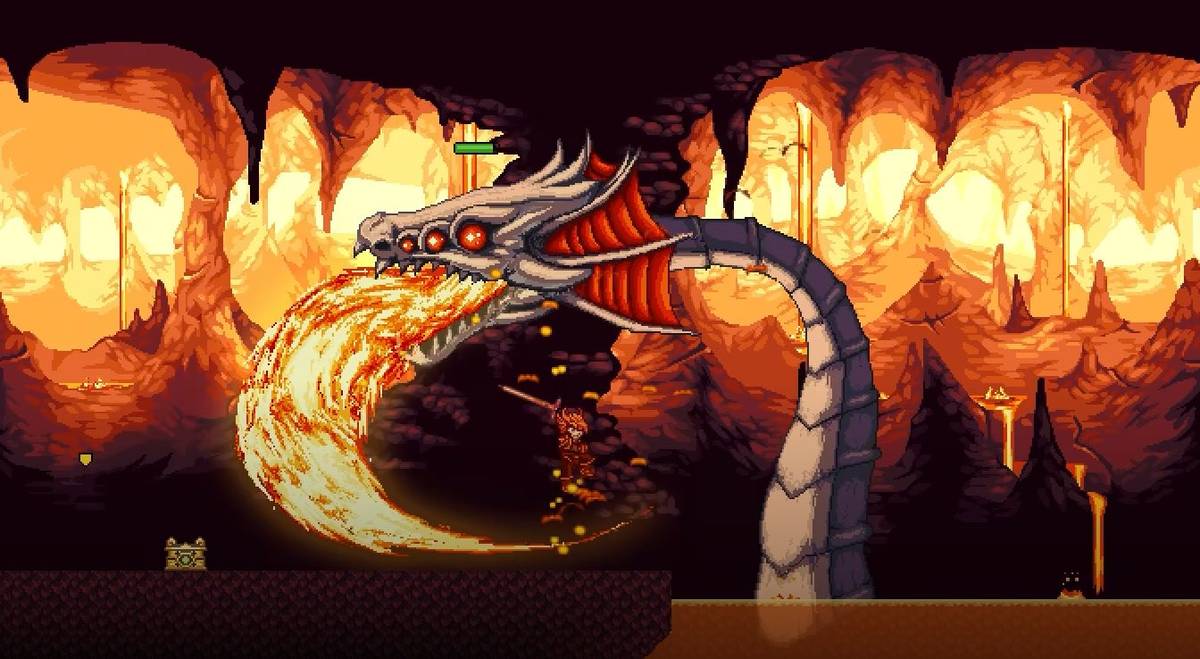
High Wishlist Numbers Don’t Guarantee Sales: Despite Planet Centauri collecting over 138,000 wishlists, a rare Steam bug prevented notification emails, resulting in only 581 copies sold at launch. Technical issues or platform hiccups can undermine even the most promising wishlist campaigns.
-
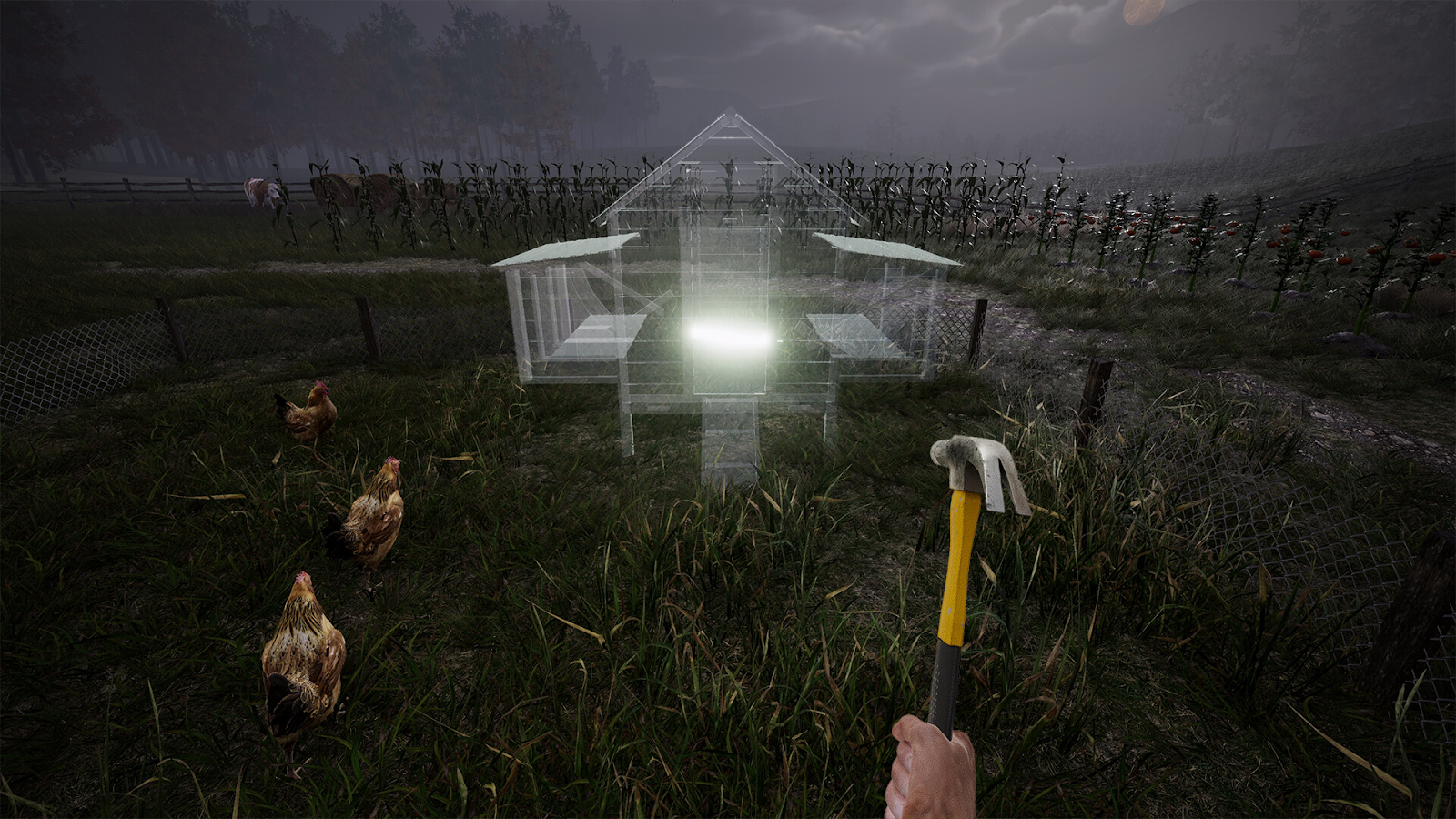
Rapid Wishlist Growth Can Be Achieved with Strategic Events: We Harvest Shadows surpassed 100,000 wishlists in just 22 days by leveraging a polished demo, localization, and high-profile event participation like Opening Night Live. Timely exposure and accessible demos can accelerate interest dramatically.
-

Steam Next Fest Drives Significant Wishlist Spikes: Participation in Steam Next Fest continues to be a powerful driver for indie games. Titles such as Stellar Blade and Vindictus: Defying Fate saw substantial wishlist increases during the June 2025 event, highlighting the value of festival visibility.
-
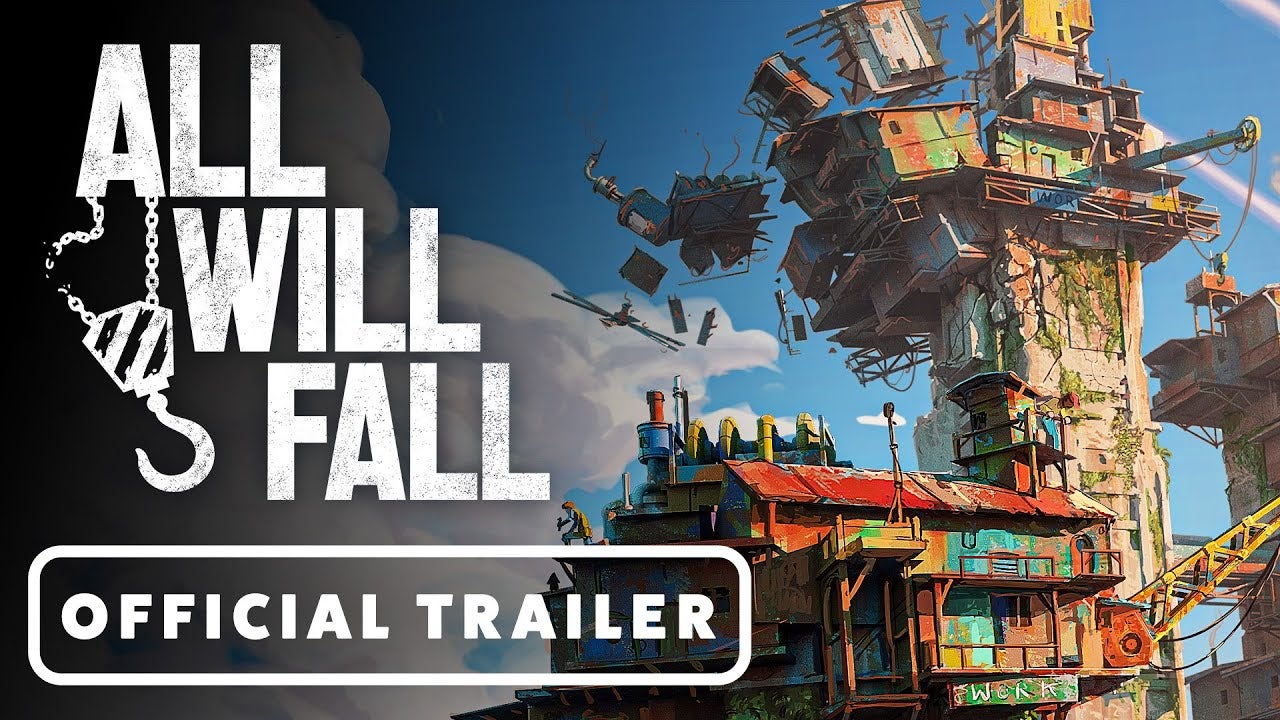
Demos and Playtests Fuel Sustained Wishlist Growth: Publishers like tinyBuild used the Steam Playtest feature and demos to generate over 3 million wishlists across their games in 2024. Early hands-on experiences can convert curiosity into concrete interest.
-
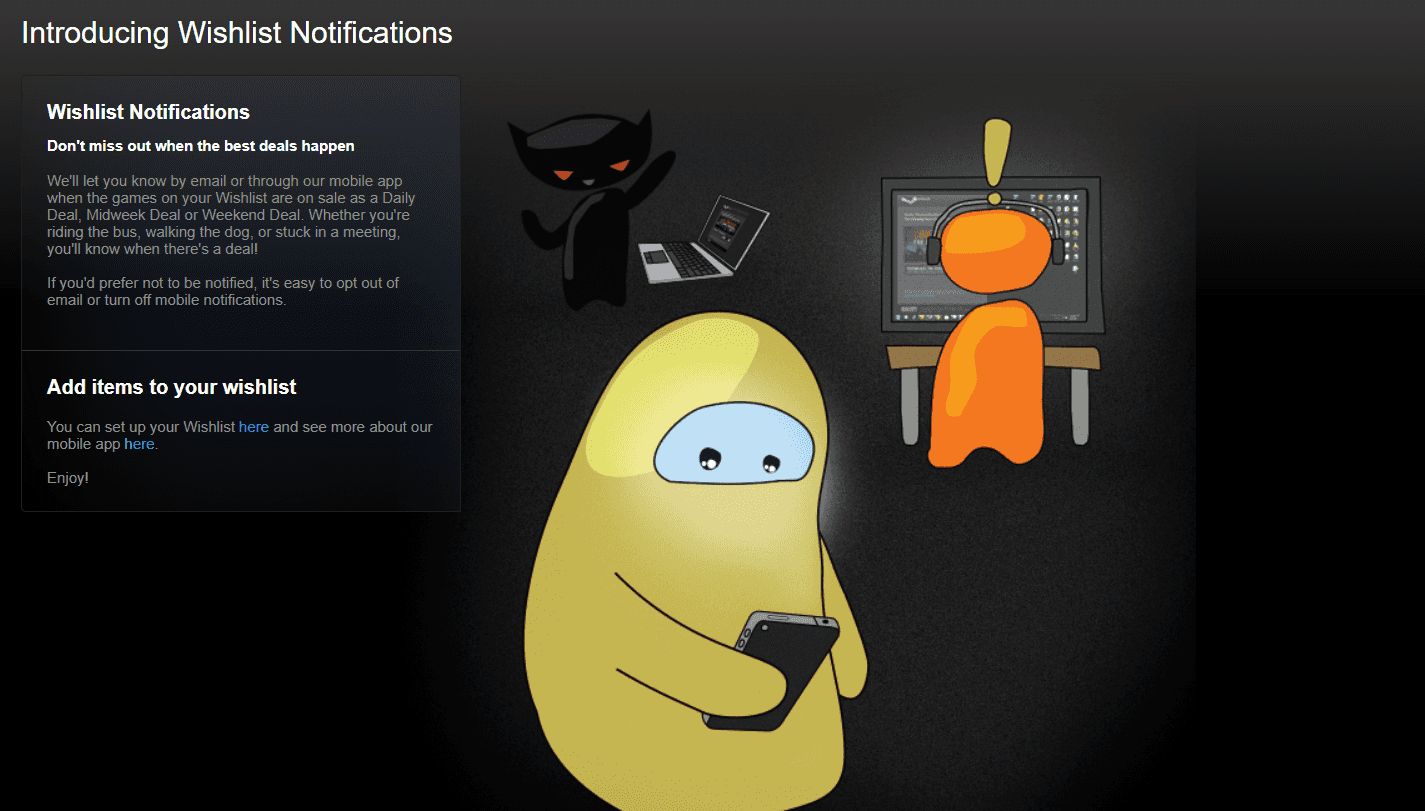
Consistent Social Media Engagement Sustains Momentum: Regular updates and active community interaction on platforms like Twitter and Discord help maintain steady wishlist growth after initial spikes from events, as seen in various successful indie campaigns.
Pushing Past Vanity Metrics: Strategies That Work in 2024
If there’s one thing these stories make clear, it’s that raw wishlist numbers are only part of the equation. Smart studios are using demos and playtests, like tinyBuild did with over three million collective wishlists, to generate authentic player engagement (gameworldobserver.com). Participation in events like Steam Next Fest has also proven invaluable for boosting both visibility and wishlist velocity.
Sustaining momentum after these bursts requires ongoing social media activity and transparent communication with fans. Consistent updates keep your title top-of-mind, and help maintain steady growth rather than relying solely on big spikes around events.
Another critical factor is understanding that Steam wishlists for indie games are not a one-size-fits-all predictor. As much as hitting 100,000 wishlists can set the stage for a strong debut, the conversion rate and post-launch engagement matter just as much. Developers need to treat wishlists as part of a broader funnel: they mark interest, but converting that interest into actual sales requires ongoing effort and adaptability.
During the June 2025 Steam Next Fest, games like Stellar Blade and Vindictus: Defying Fate saw wishlist surges after leveraging live streams, Q and As, and influencer playthroughs (gameworldobserver.com). This highlights another lesson: visibility milestones are fleeting unless you keep players invested. Studios that follow up with regular news posts, patch notes, or behind-the-scenes content tend to see higher conversion rates over time.
Checklist: Turning Wishlists into Real Sales
Community engagement is increasingly non-negotiable. Indie developers who build Discord servers, run frequent polls or AMAs, and actively respond to player feedback generally report more robust launches. The journey doesn’t end at launch either – review velocity (the speed at which your game accumulates reviews) can boost visibility in Steam’s algorithm just as much as pre-launch hype.
It’s also worth noting that luck still plays a role in the saturated 2024 indie landscape. According to Medium · Shahriar Shahrabi, even polished games with solid marketing can struggle if timing or platform bugs intervene. This unpredictability makes it all the more important to diversify strategies and maintain resilience throughout the launch cycle.
Key Takeaways for Indie Studios in 2024
- Wishlists are essential but not definitive: Treat them as an indicator of interest, not guaranteed sales.
- Demos and events matter: Engaging players early through demos and festivals drives authentic interest.
- Sustain momentum post-event: Consistent communication is crucial for maintaining growth after major visibility spikes.
- Review velocity counts: Encourage early reviews to help your game surface in Steam’s discovery features.
- No single metric guarantees success: Balance your efforts across marketing, community building, and platform optimization.
The bottom line? For every indie aiming for a breakout moment on Steam in 2024, wishlists are powerful – but only when paired with smart execution and genuine player relationships. Keep your focus broad, stay agile with your launch strategy, and remember: balance between metrics and community is still the key to long-term growth in today’s crowded market.



